Asset Allocation: The Key to Smart Wealth Management

By

What is the secret to long-term financial success? It’s not just choosing the right stock or timing the market. It’s having the right asset allocation strategy — the way you divide your money across different types of investments.
Whether your goal is to buy a house in 3 years, send your child abroad in 12, or retire in 25 - asset allocation in India is what keeps your investments on track and growing consistently.
By spreading your money across equity, debt, gold, and real estate, you reduce risks and avoid being too dependent on any one asset class.
Asset allocation means deciding how much of your money goes into different asset classes like stocks, bonds, gold, and real estate.
Let’s look at how different assets performed between 2004 and 2024 in India:
| Asset Class | Average CAGR |
|---|---|
| Equity (Nifty 50) | 12.2% |
| Gold | 9.5% |
| Debt (PPF/Bonds) | 6.8%–7.5% |
But here’s the twist:
Lesson: Don’t try to chase top performers. Build a balanced portfolio through smart asset allocation strategies.
If building your own portfolio feels overwhelming, consider Multi Asset Allocation Funds. They:
| Asset Class | Allocation |
|---|---|
| Equity Mutual Funds | 50% |
| Debt Mutual Funds / PPF | 30% |
| Gold (ETF or SGB) | 10% |
| REITs / Other | 10% |
As the Mad Hatter said to Alice, "If you don’t know where you’re going, any road will get you there."
In wealth creation, your direction matters - and that direction is smart asset allocation.
The ARC model helps you:
Start today - even if it’s small. Your future self will thank you.
Q1. What is asset allocation in mutual funds?
It means how the fund manager divides your money between stocks, debt, and gold to balance risk and return.
Q2. Can I change my asset allocation later?
Yes. Rebalancing once a year is a good practice.
Q3. Are multi asset allocation funds better for beginners?
Yes. They offer automatic diversification and are easy to manage.
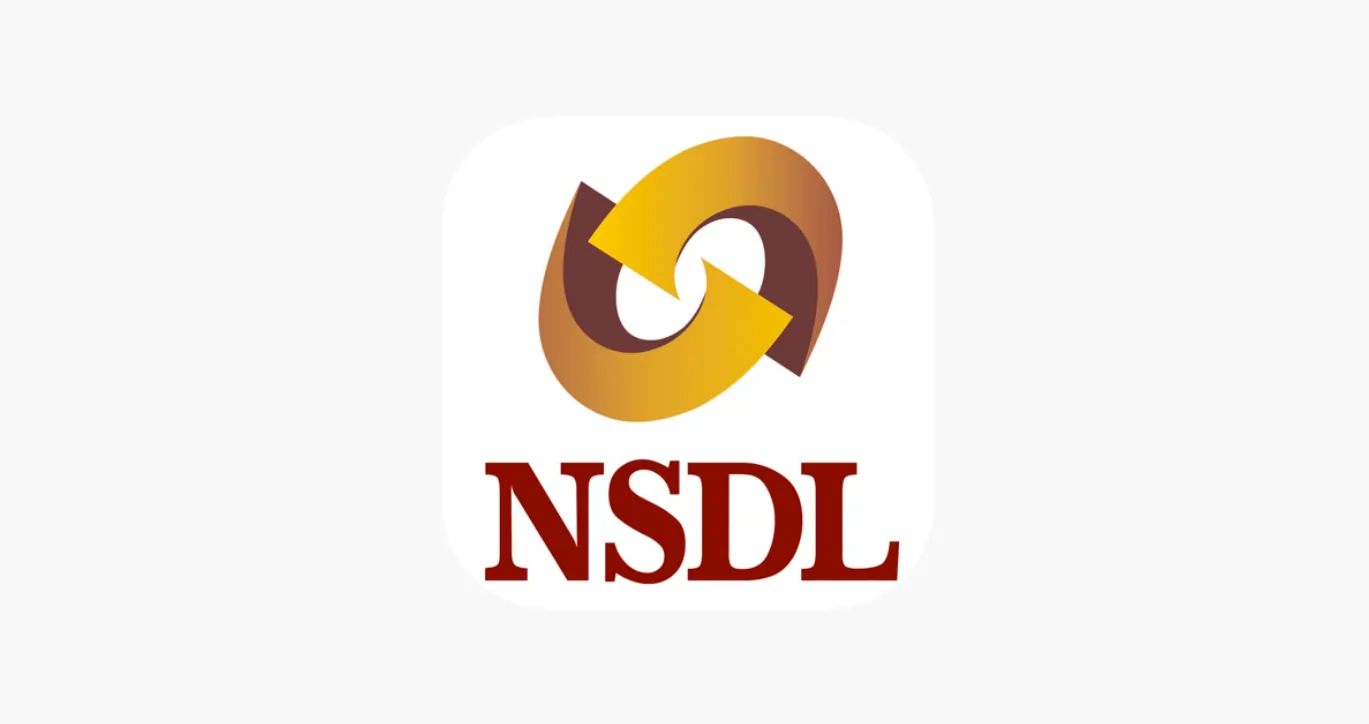
Learn how to easily download your NSDL CAS Statement in PDF format with our step-by-step guide. Follow our instructions to log in to NSDL e-Services, download your account statement, and subscribe for
Read Full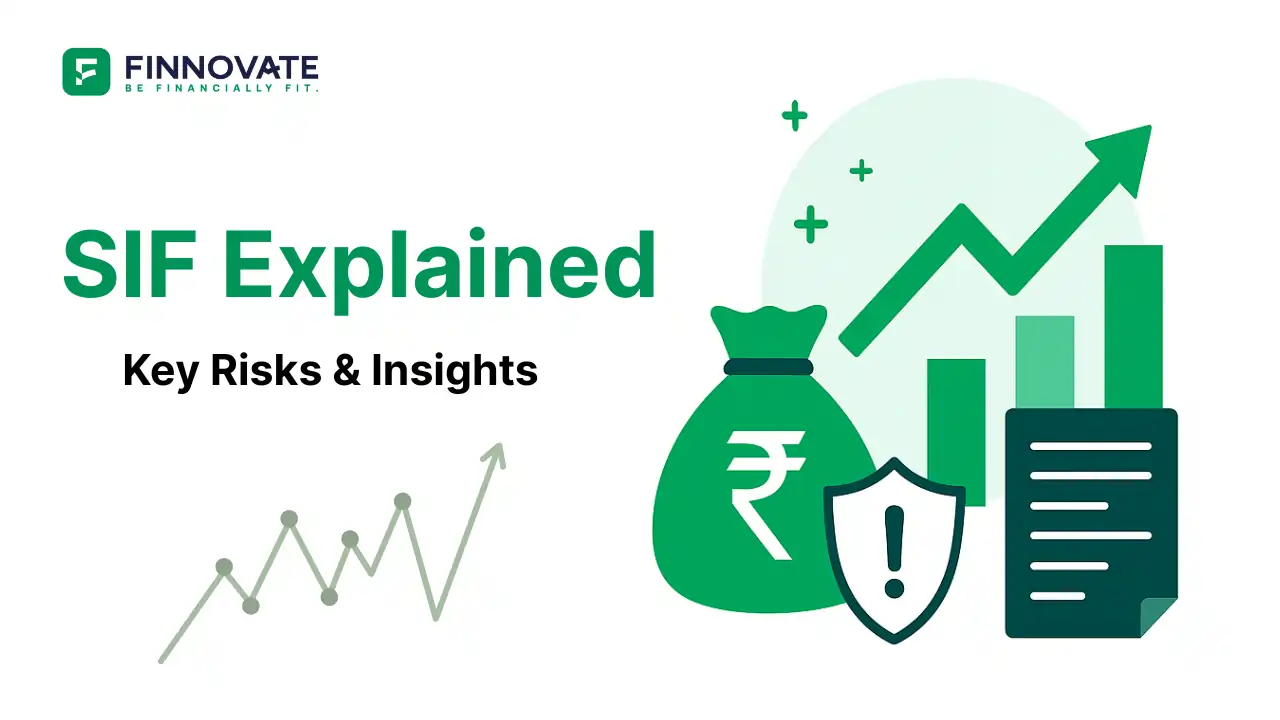
Explore what Specialised Investment Funds (SIFs) are, their benefits, taxation, minimum investment, how to invest, how they compare with mutual funds and PMS and latest developments in SIF space
Read Full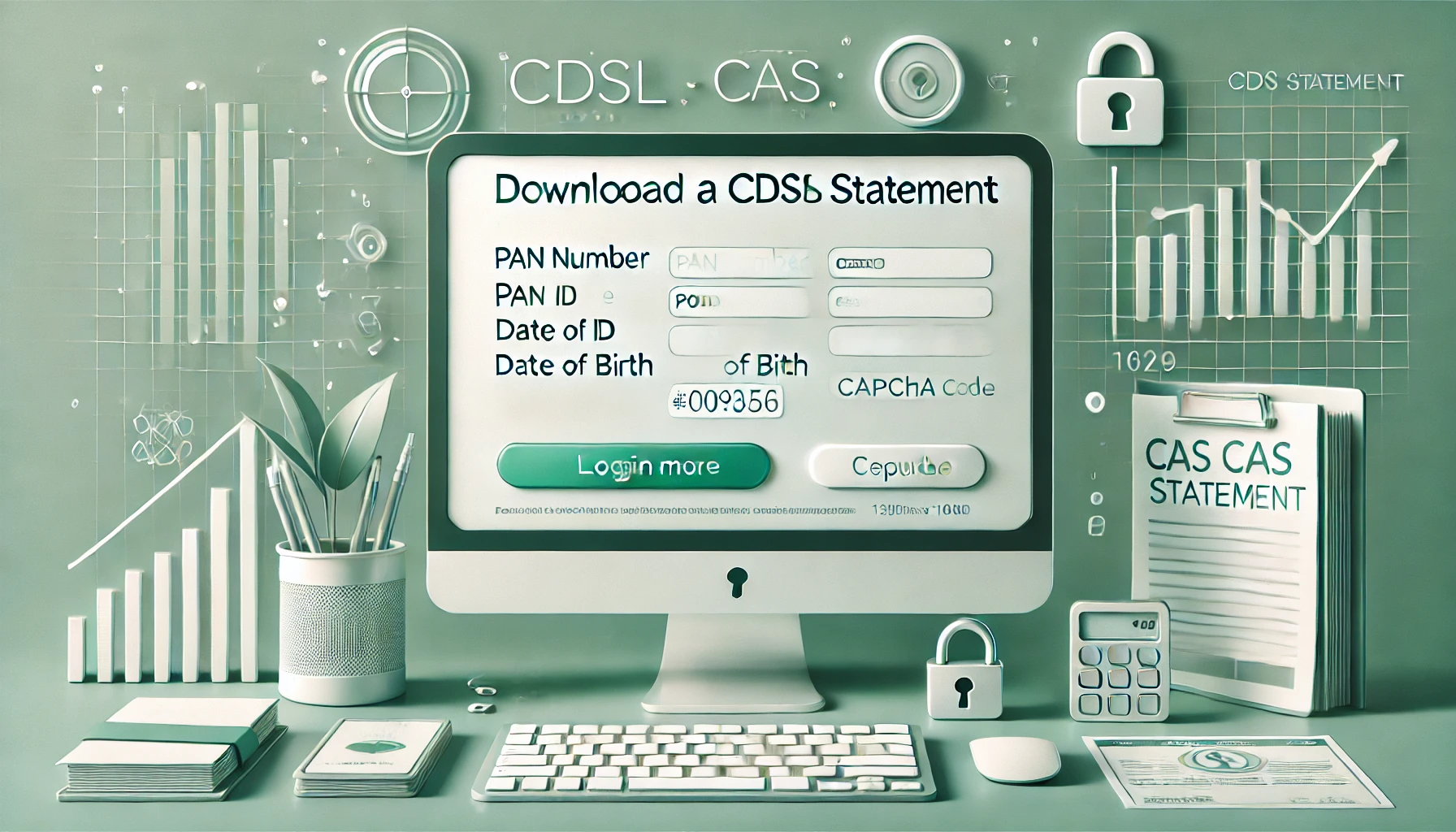
Learn How to Download Your CDSL CAS Statement with our step-by-step guide. Easy instructions for accessing your investment details online.
Read Full
Analyzing the potential economic impact of the 2025 India-Pakistan conflict on India's GDP growth, manufacturing sector, and foreign investment.
Read Full
Looking for the best financial freedom books? Here’s a handpicked 2025 reading list with summaries, why to read, and who it's best for.
Read Full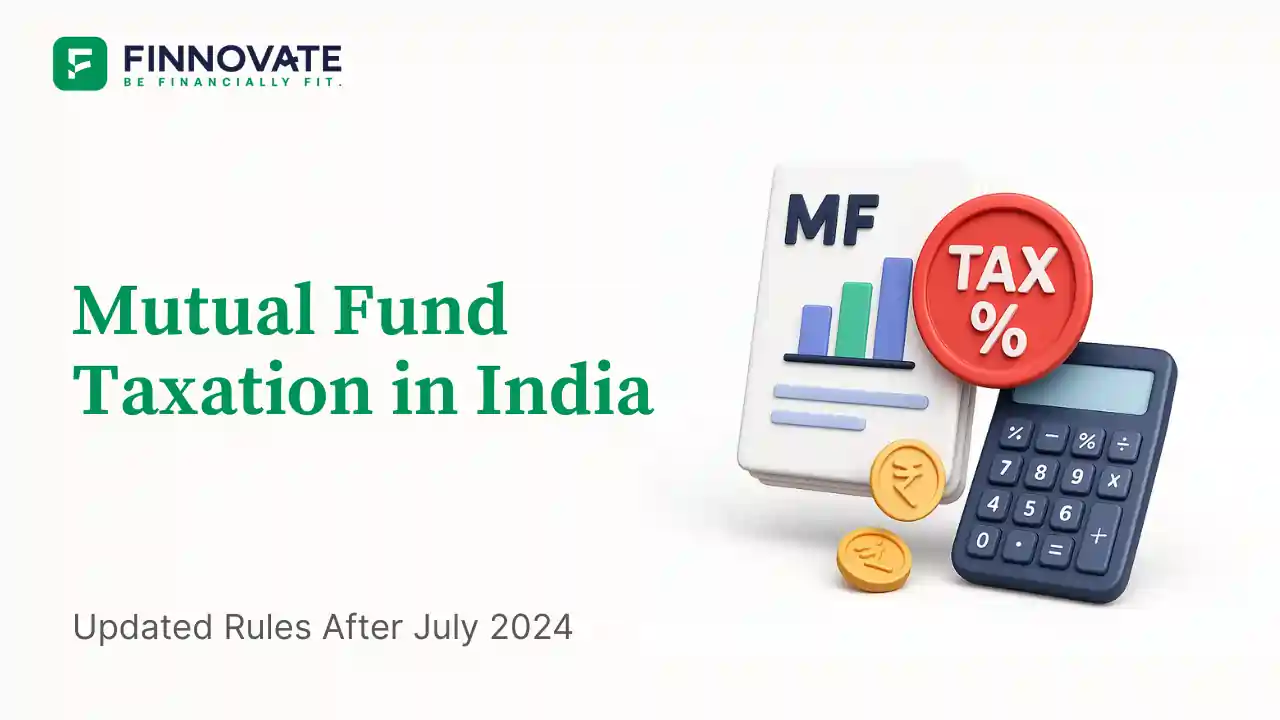
Clear guide to mutual fund taxation in India for FY 2025–26 after July 2024 changes: equity STCG 20%, LTCG 12.5% with ₹1.25L exemption, debt/hybrid rules, dividends, examples, tables, and FAQs.
Read Full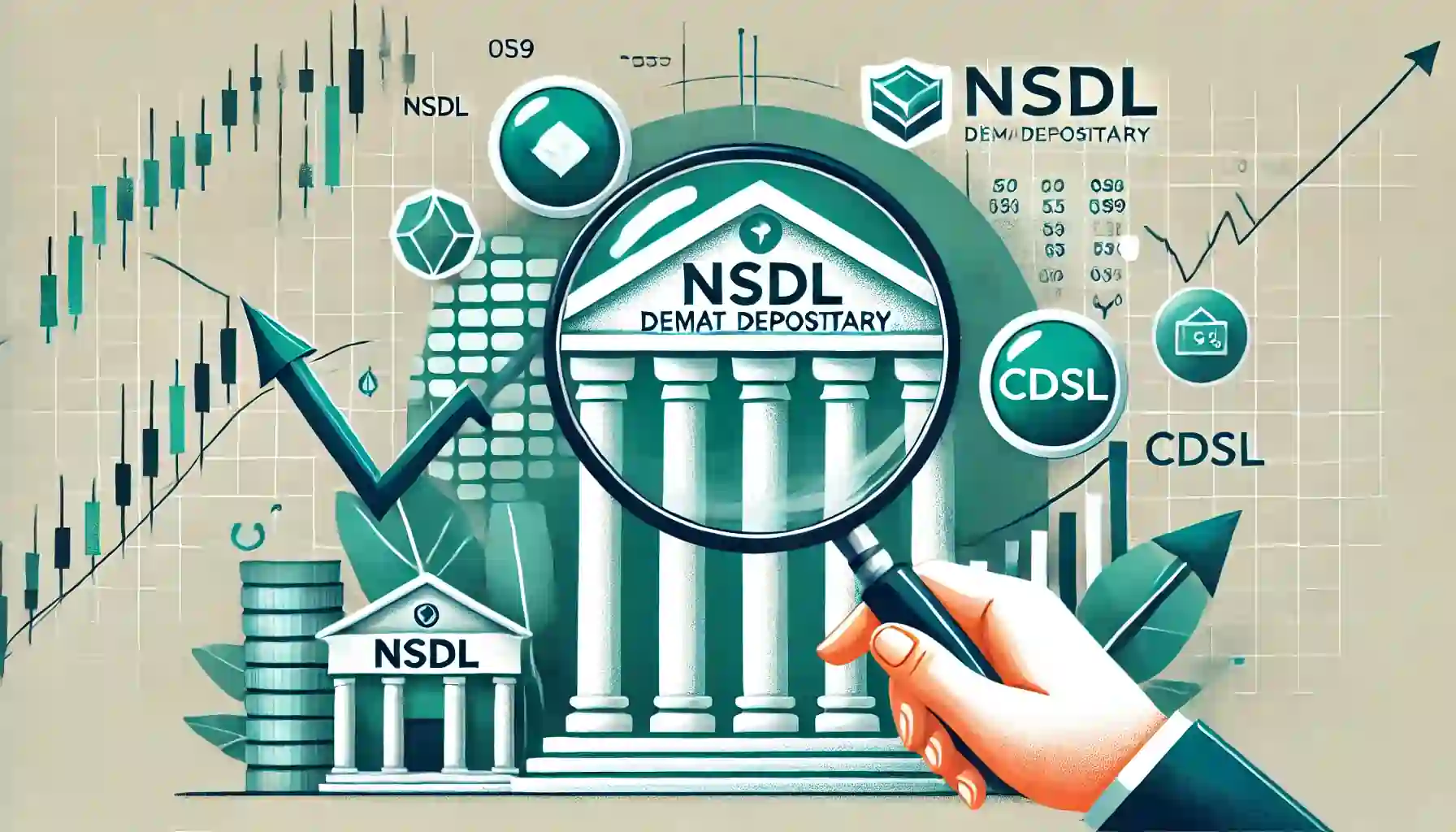
Determine if your Demat Depositary (DP) is NSDL or CDSL easily. Follow our guide to check using broking platforms or Demat account number formats
Read Full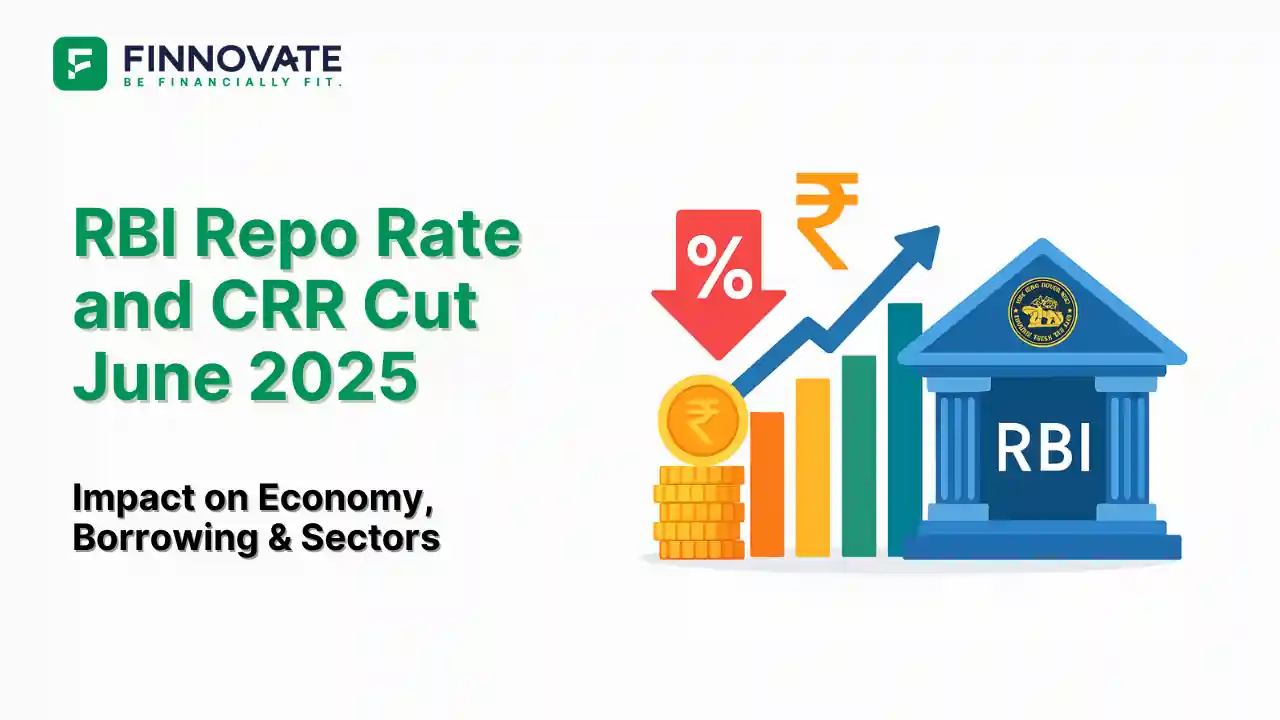
RBI cuts repo rate by 50 bps and CRR by 100 bps in June 2025 to boost growth. Learn how it impacts inflation, borrowing, sectors, and market trends.
Read Full